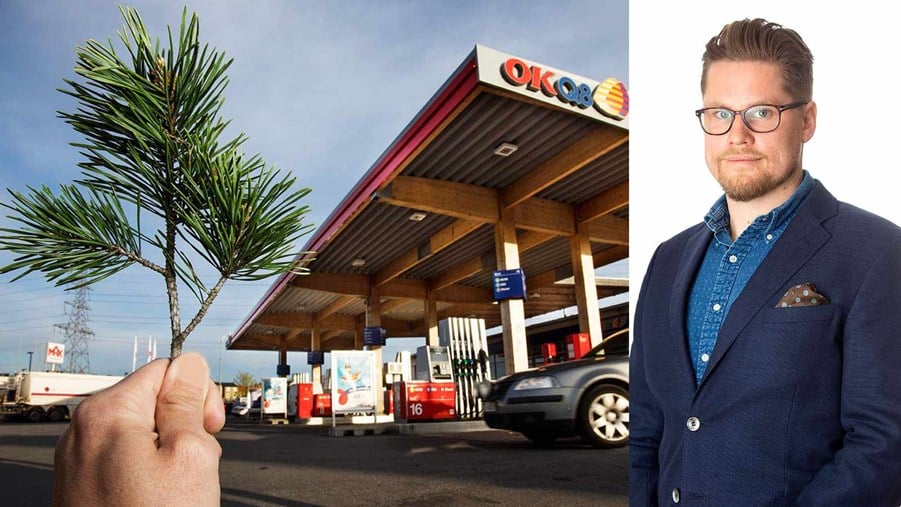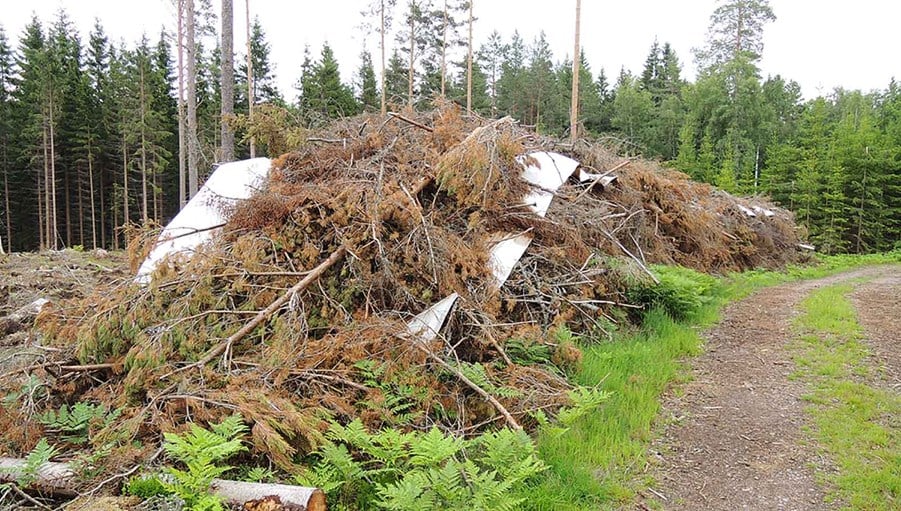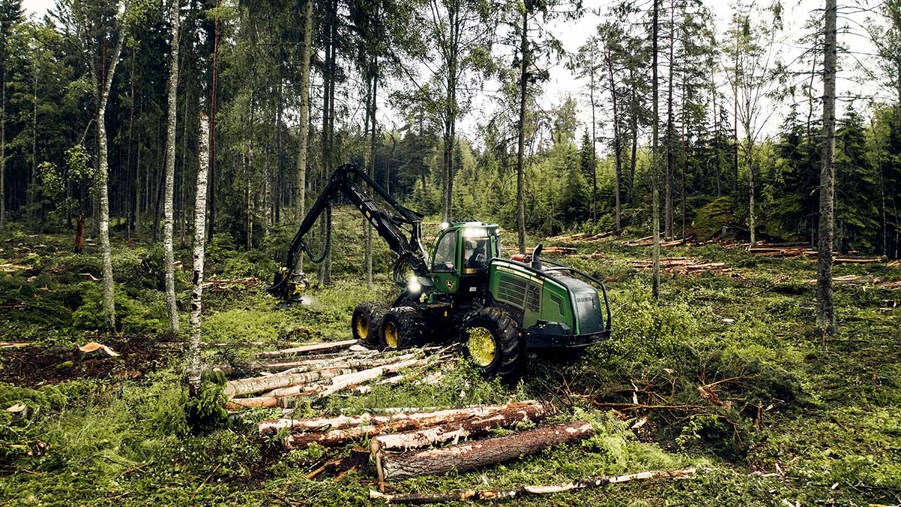
The Renewable Energy Directive had barely had time to be implemented before the European Commission put forward new proposals. What lies behind this unexpected turn of events, and why have the proposals drawn such vehement criticism from the Nordic member states? The Swedish Forest Industries Federation’s bioenergy expert, Mårten Larsson, examines the implications of the Directive in its two forms: RED II and RED III.
In July, the EU member states implemented the parts of the Renewable Energy Directive (RED II) associated with forest bioenergy. Based, in the first instance, on a risk assessment of each country, the Directive states that Sweden demonstrates sustainable bioenergy use.
“Swedish bioenergy is largely made using waste products from the Swedish forest industry. And the industry is already subject to requirements concerning traceability and sustainability,” explains Mårten Larsson.
Many Swedish companies have or are about to invest in facilities based on sustainable bioenergy. “But if the regulations on what can be used change, that whole investment will fall apart, despite the business concept being 100% sustainable,” Mårten adds.
So why are the regulations being revised again, before they have even been fully implemented?
“The European Commission wishes to get a broader grip on biodiversity, forestry and the forest industry, and to this end, they want additional central regulation,” says Mårten Larsson.
“There has also been a great deal of lobbying in Brussels from various parts of the environmental movement, which has had the ear of the European Commission.”
Pulling the rug from under bioenergy
There is nothing wrong with the EU’s level of ambition for renewable energy, according to the Swedish Forest Industries Federation, but centralised regulations on bioenergy risk standing in the way of many sustainable bioenergy projects.
“Member states and businesses have planned on the basis of the regulations that took three years to agree on,” explains Mårten. “Now, they’re pulling the rug from under bioenergy. The Commission is proposing far-reaching criteria and rules, without actually knowing whether they’re necessary or how they should be formulated.”
As an example of the problematic requirements in the new revision, Mårten Larsson highlights the detailed rules on forestry and raw material use that the Commission is proposing.
“The direct requirements on how forestry can be conducted bear no relation to how we operate and the actual conditions we have here in the Nordic region. If you want to continue using bioenergy, you’ll have to adapt to the EU’s forest policy, despite it being abundantly clear that the member states should regulate this at the national level.”
The revision also sets extensive requirements concerning nature conservation areas, based on types of habitat that Mårten says are not clearly defined.
“We no longer know which areas we’re allowed to extract bioenergy from,” he states.
Differing circumstances
Climate change is a supranational issue within the EU. Sometimes it touches on issues concerning forestry.
“However, the member states have very different circumstances. Decisions should not be taken at the wrong level,” says Mårten Larsson, referring to a report recently published by the EU’s research centre JRC.
The report, “The use of woody biomass for energy production in the EU”, is not negative towards bioenergy, according to Mårten Larsson.
“It’s balanced, highlighting and discussing the risks that could arise if we increased the use of bioenergy. It makes sense to consider both the benefits and the risks,” he says.
In Mårten’s view, the basic problem when it comes to the future of bioenergy is the enormous variation in views on forestry within the European Union.
“In Sweden, we’re very familiar with forestry. Bioenergy is a key part of our energy mix. Other countries, with little forest and forestry, have a belief that bioenergy comes from magnificent trees being cut down in parks.
“But much of the bioenergy debate is also linked to the environmental movement’s criticism of active forest management.”
Sustainability criteria very much fit for purpose
“The sustainability criteria currently being implemented are good,” says Mårten Larsson.
He believes they will go a long way towards guaranteeing sustainability.
“If you’re going change anything, you have to conduct a proper assessment first. If you then decide to make changes, you must do so in consultation with the member states.”




